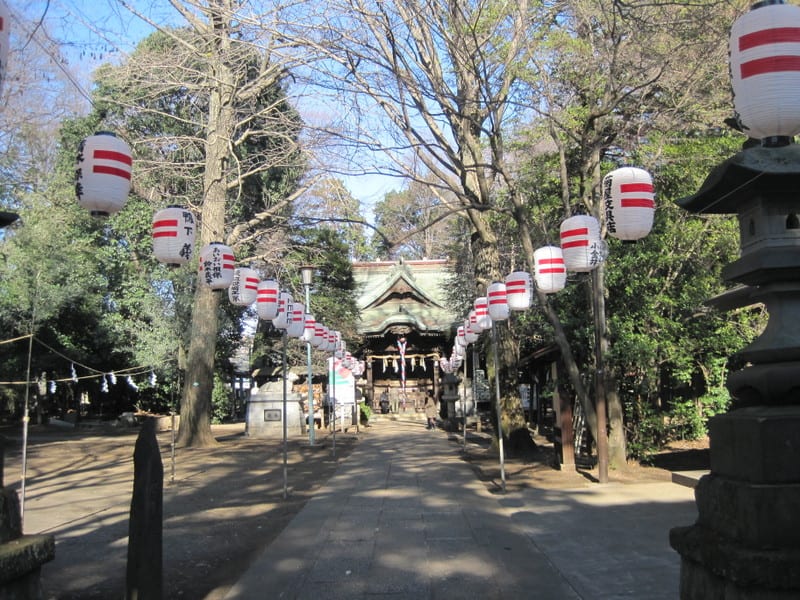The title of the book is somewhat misleading, implyingthat the coverage is much broader than it is in reality. It is in fact restricted to the electrochemistry of solid and liquid(melts, slags) oxides at temperatures in the range 200-2000°C. The monograph is based on lecture notes of a course given by the author on this specific theme at the Tokyo Institute of Technology since 1971. About 100 “Problems” for discussion and calculations found in the appendix of the book are indicative of this origin.
The book can be divided roughly in two parts, chapters 1-9 “Fundamentals” and chapters 10- 13 Applications”.
In the course of the first part, which makes up about 60% of the book, a thorough treatment of the following fundamental properties of oxides is given from an electrochemical point of view:
a) Transport properties, diffusion, electronic and ionic conduction in binary oxides and multicomponent systems (chapters 2- 5).
b) Thermodynamics of solid state galvanic cells, including the electrochemical Knudsen effusion cell. This is the only location, where the work of H. Rickert (erronneously cited throughout as “H. Richert”) has been mentioned. His monographs on solid ionic electrochemistry are ignored, as is also the case (with one exception) for the pioneering work of C.Wagner (chapters 6-7).
c) Electrochemical kinetics. The chapters 8 and 9 are very useful and overpotential phenomena at the phase boundaries metal/solid oxide as well as metal/liquid-oxide melts are treated thoroughly. The author also introduces the use of the Pt-rotating disc electrode in PbO-SiO, melts at 1000 “C.
The final four chapters are devoted to various applications of solid state (sss) devices, with a strong emphasis on oxygen sensors for metallurgy and on MOS-sensors (another name for ISFETS; however, this term is not used in the book). In cooperation with the Japanese steel industry, the author has developed various sensor designs to measure the oxygen activity in molten iron as well as in molten slag. Typical values
are atm and lo-* atm, respectively. Interesting correlations to the carbon content in the iron, the duration of
oxygen blasting or the ratio of Fe”’/Fe” in the slag have been found. This section is most authoritative, and the predominance of Japanese references is more justified here than in other parts of the book. The work of Junke et al. is also adequately discussed. Some parts, however, lie outside the scope “high temperature application” such as those in section 13.3 which include electrochromic displays, coulometric timers or pacemaker batteries. A brief account that electrochemical reactions are relevant to impurity effects and
long term behavior (corrosion) of electronic devices, is given in chapter 1 , but it is not followed up later in the book.
The typed manuscript has been directly reproduced, unfortunately without line balance, but typing errors are minimal.
The price is high, as with many other specialized monographs,but although the variety of the possible subject
matter in this area is extremely large, for example, stoichiometry,texture, phases and the result of various combinations, the book is clearly written and a guide in this broad field. It is also clear, that “in the future, many more electronic devices will surely be developed to utilize the physical and chemical properties of solid oxides”.
by Fritz Beck
Fachgebiet Elektrochemie der Universitiit
Gesamthochschule Duisburg (FRG)









































